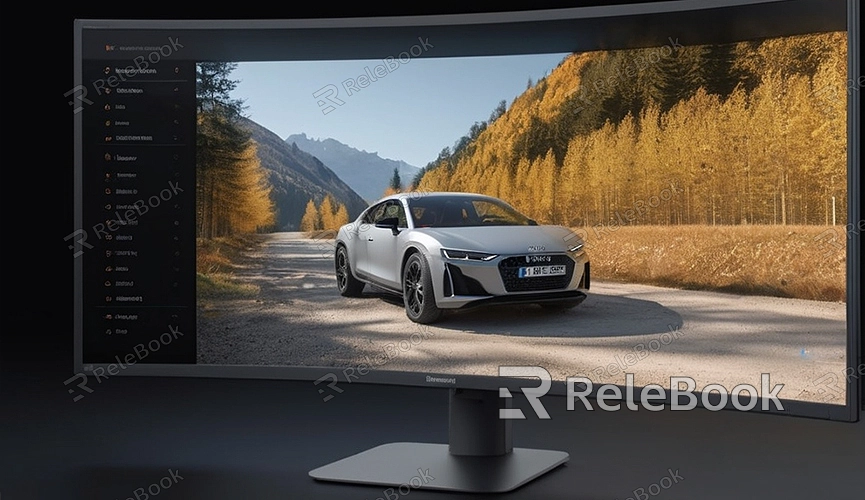Can't See Texture Paint in Render Blender
Encountering the issue of not being able to see texture paint in renders while using Blender for 3D modeling and rendering can be confusing and frustrating. This article will delve into the possible causes of this problem and provide detailed solutions to help you successfully complete your rendering tasks.
1. Check Texture Paint Settings
Firstly, we need to ensure that the texture paint settings are correct. Even if you see the texture in texture paint mode, it may not appear in renders if the settings are incorrect.

Solution:
- Confirm the used UV map: In edit mode, select the model and enter the UV editor to ensure your model has the correct UV map.
- Check material settings: In the material properties panel, ensure that your material contains texture nodes and that these nodes are connected correctly. Typically, you need an image texture node connected to the color input of the principal shader.
2. Check Rendering Engine Settings
Blender has multiple rendering engines such as Eevee and Cycles, each with different ways of handling textures.
Solution:
- Choose the correct rendering engine: In Blender's top menu bar, select the "Render" tab, then choose the appropriate engine (such as Eevee or Cycles) from the "Render Engine" dropdown menu.
- Set rendering view: In the viewport shading mode, ensure that "Material Preview" or "Rendered Preview" is selected to see the effects of materials and textures.
3. Confirm Texture Paths and Files
If the texture file path is incorrect or the file is missing, Blender will not be able to find the corresponding texture during rendering.
Solution:
- Check texture paths: In the material properties panel, check the file path of the image texture node to ensure the file exists and the path is correct.
- Reload textures: If the path is correct but the texture still doesn't display, try reloading the texture file by clicking the "Reload" button in the image texture node.
4. Adjust UV Mapping
Incorrect UV mapping can also cause texture display errors or failures during rendering.
Solution:
- Unwrap UVs again: In edit mode, select the model and use the UV editing tools to unwrap the UVs again. Ensure the UV layout is reasonable and avoid overlaps and distortions.
- Apply scale transformations: Ensure that the model's scale and transformations have been applied. In edit mode, press Ctrl+A and choose "Apply Scale" to ensure correct UV mapping.
5. Check Node Settings
In Blender, node editor is used to control materials and textures. Incorrect node connections or settings may cause textures to not display correctly during rendering.
Solution:
- Check node connections: In the material node editor, check the connections of the nodes. Ensure that the image texture node is connected to the color input of the principal shader node.
- Adjust texture coordinate nodes: If texture coordinate nodes are used, ensure they are correctly connected and set to use UV coordinates.
6. Update Graphics Card Drivers and Blender Version
Sometimes, compatibility issues with software or drivers can cause rendering problems.
Solution:
- Update graphics card drivers: Visit the official website of your graphics card manufacturer, download, and install the latest drivers.
- Update Blender: Visit the Blender official website, download, and install the latest version. New versions usually fix many known issues.
7. Check Lighting and Rendering Settings
Lighting settings and rendering settings can also affect the display of textures.
Solution:
- Adjust lighting settings: Ensure there are enough light sources in the scene, and adjust the intensity and position of the lighting to ensure textures are clearly visible during rendering.
- Adjust rendering settings: In the render settings panel, ensure that appropriate rendering quality and sample counts are selected to improve rendering effects.
The inability to see texture paint in Blender renders can be caused by various reasons, including texture settings, rendering engine selection, file paths, UV mapping, node settings, and software compatibility issues. By using the solutions provided in this article, you can systematically troubleshoot and resolve these issues to ensure textures are correctly displayed during rendering. If you need high-quality 3D textures, HDRI, or 3D model downloads for creating models and virtual scenes, you can find them on Relebook. After downloading, simply import the textures and 3D models into your project for use.


